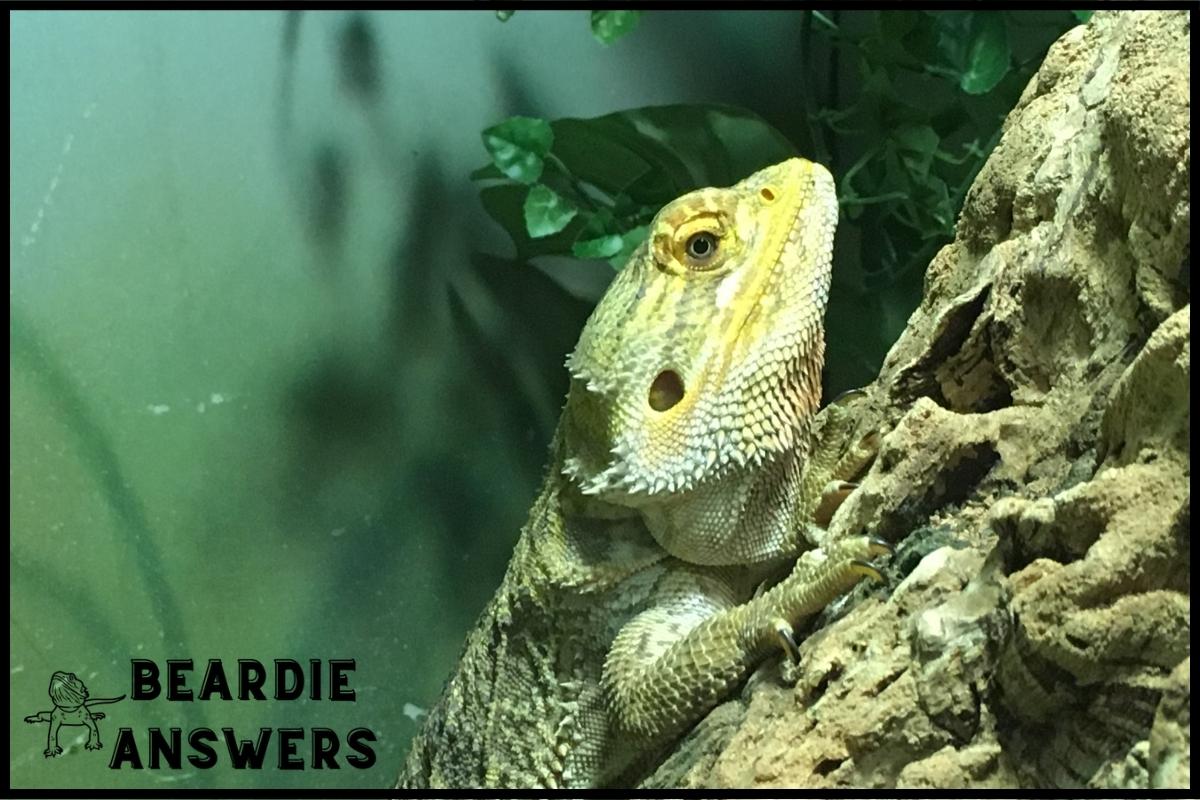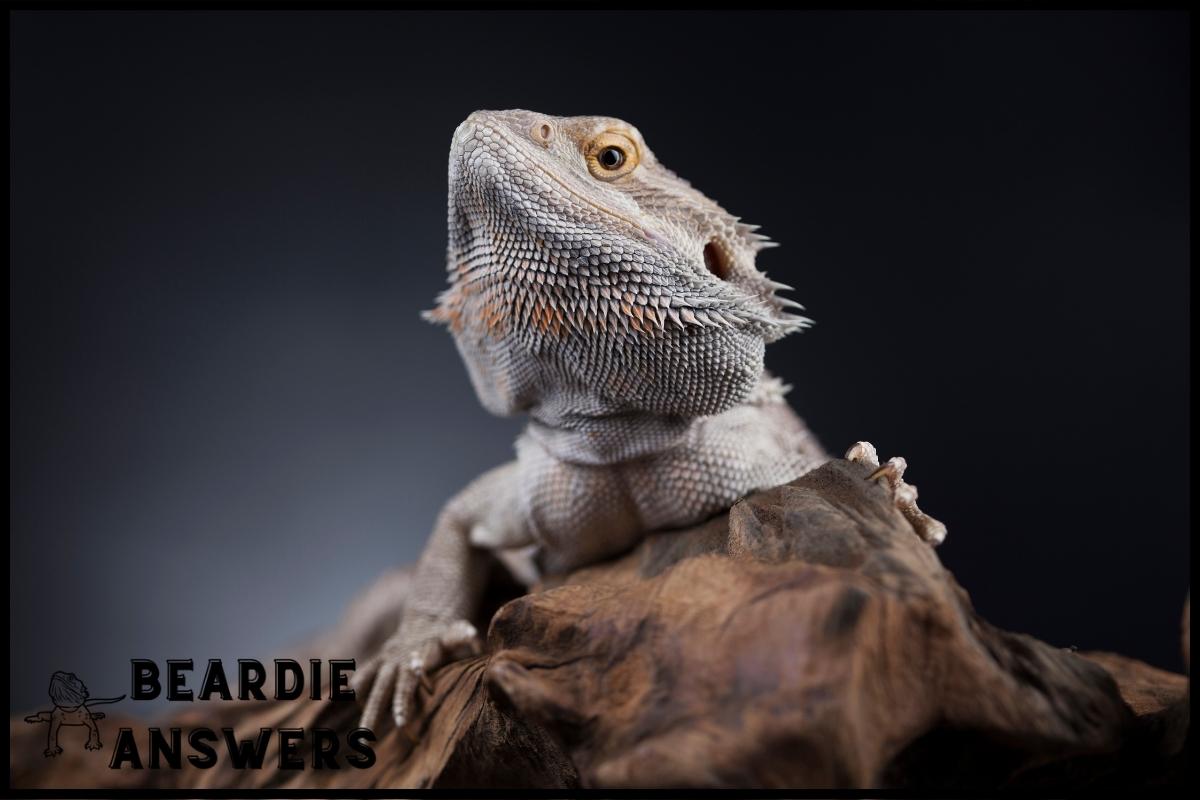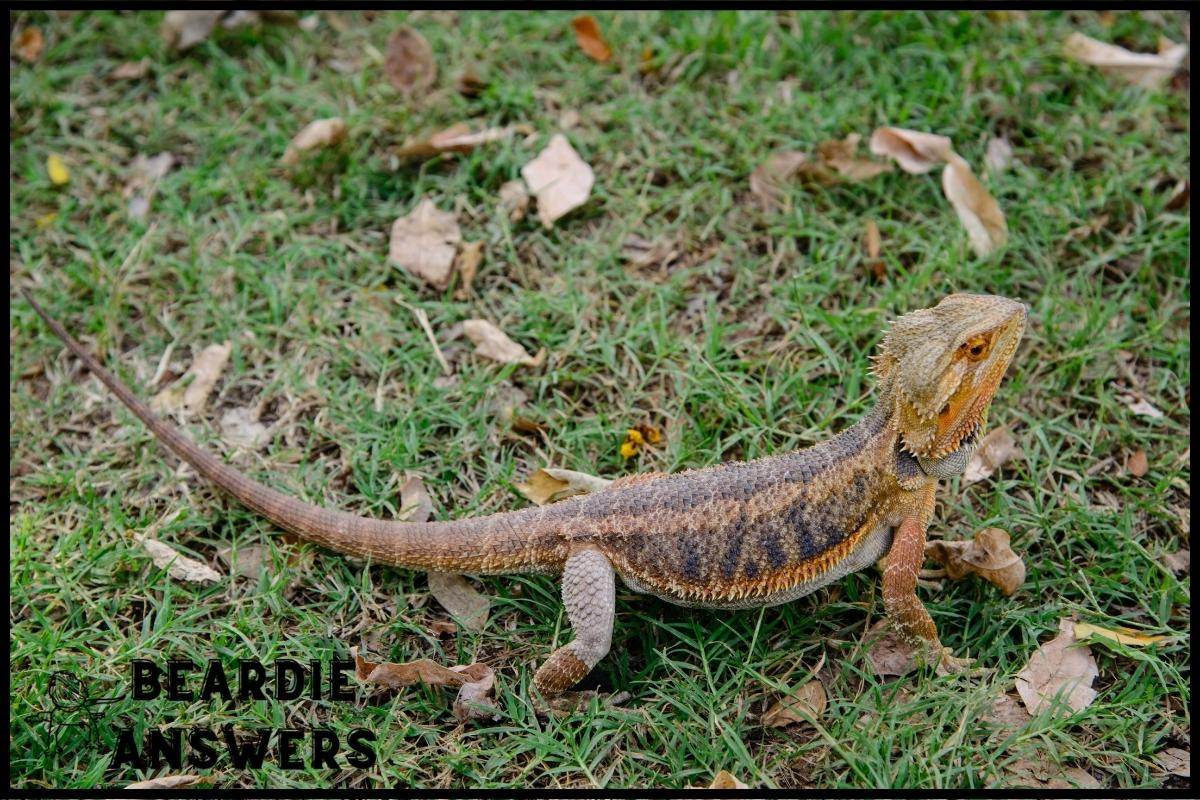Red pepper is a nutritious food that can be included as part of a balanced diet for bearded dragons. It’s important to remember, however, that like all human foods, red pepper should be given to bearded dragons in moderation. The majority of their diet should consist of vegetables and insects.
What You'll Learn
Benefits Of Red Pepper For Bearded Dragons
Bearded dragons are omnivorous reptiles, which means they need a balanced diet of both plants and animals.
Red pepper is an important part of their diet as it provides various vitamins and minerals beneficial to their health. In particular, red peppers can offer bearded dragons essential vitamin sources while also aiding in gut health.
However, just because red peppers have many benefits for bearded dragons, that doesn’t mean they should eat them without moderation. Too much of any food item can be unhealthy and even dangerous for these lizards.
It’s important to know the right amount of red pepper to feed your pet so they get all the nutritional benefits with none of the risks.
Amount Of Red Pepper To Feed
It is important to understand dosing guidelines when feeding red pepper to your bearded dragon. Generally, adult dragons can have a small amount of chopped up red pepper as part of their diet, usually no more than twice per week. Red peppers should be diced into very small pieces and only given in combination with other vegetables such as bell peppers or collard greens. It’s also important not to give too much red pepper at once; if using it as part of a salad mix, the portion size shouldn’t exceed 10% of the total meal.
For younger bearded dragons, dosing guidelines are even stricter because they may not yet be able to handle spicy foods like red pepper. Hatchlings and juveniles should avoid eating any type of hot food until they reach about one year old, at which point the same rules for adults apply.
Additionally, you should always monitor your pet’s reaction after offering new foods so that any adverse reactions can be quickly addressed. This is especially true for young dragons who are still learning what types of food they enjoy or don’t enjoy.
With careful monitoring and following age-appropriate dosing guidelines, red pepper can be an occasional treat for your bearded dragon without putting them at risk. Keeping these safety considerations in mind is essential when introducing new foods into your pet’s diet – including red pepper – and will help ensure their continued health and wellbeing going forward.
Important Safety Considerations
Red pepper can be a great addition to your bearded dragon’s diet, but there are some important safety considerations to keep in mind.
Feeding red pepper should only be done in moderation and as part of a balanced diet that also includes proteins, fruits, greens, calcium supplements, and other dietary supplements. To ensure the health of your pet, it is best to consult with an experienced veterinarian or herpetologist on feeding frequency and amounts.
Additionally:
- Research what type of peppers are safe for consumption by reptiles.
- Make sure they have not been sprayed with any pesticides before serving them up to your beloved lizard.
- Check the label if you’re buying from the grocery store; better yet, grow your own!
- Ensure the pieces are cut into small enough pieces for easy digestion.
- Bigger chunks may cause intestinal blockage which could lead to serious health complications.
- If you’re concerned about this risk then avoid adding too many crunchy vegetables altogether.
- Monitor closely when introducing new foods into your pet’s diet.
- Keep an eye out for changes in behavior or appetite that might indicate a food they don’t like or one that doesn’t agree with them.
- Be prepared to remove certain items from their diet if necessary while still providing variety throughout the week.
When thinking about offering red peppers (or any other food) to your reptilian companion make sure you do adequate research beforehand so you know exactly how much and how often it should be given safely without putting its health at risk.
With these tips in mind, let us move onto learning more about types of red pepper available for our scaly friends’ culinary pleasure!
Types Of Red Pepper
Red peppers come in a variety of shapes and colors. These range from the most common bell pepper to the rarer, sweet red pimento or cherry peppers. As they ripen, their color deepens; green bell peppers will eventually turn yellow, orange, or even bright red. All types of red pepper share similar nutritional benefits, though some are spicier than others.
A table outlining different types of red pepper is below:
| Type | Color | Heat Level (on a 1-10 scale) |
|:————– |:———————————————–:| —————————-:|
| Bell Pepper | Green/Red/Yellow
(depending on maturity) | 0 |
| Red Pimento | Dark Red | 2 |
| Cherry Pepper | Bright Red | 4 |
| Cayenne Pepper | Orange/Yellowish Red
(depending on maturity) | 8 |
Not only do these peppers add flavor to dishes, but they also offer several health benefits such as high levels of vitamin C and carotenoids which can help reduce cholesterol levels. Cooking methods affect how spicy each type of pepper becomes – while raw cayenne will be quite hot, roasting it tones down its heat level significantly. It is important to note that all varieties should be consumed in moderation due to their potential for digestive upset when ingested by bearded dragons in large quantities. With this knowledge about the different types of red pepper available, it is now possible to understand more about preparation for bearded dragons.
Preparation Of Red Pepper For Bearded Dragons
When introducing red pepper to a bearded dragon’s diet, it is important to take the proper steps in preparation. Cooking methods such as steaming or roasting are preferable because they soften the pepper and make it easier for the beardie to digest.
If feeding raw peppers, ensuring that the pieces are cut into small enough bites is essential. For meal ideas, try adding diced bell peppers of any color to salads or vegetable mixes; sprinkle grated red pepper over cooked foods; blend them with other vegetables and fruits for smoothies; or use as toppings on cooked lean proteins like boiled eggs.
It is also important to be aware of how much of this food you’re giving your pet. Too much can lead to digestive issues due to its high water content. Red peppers should only comprise 10-20% of their weekly meals.
With these considerations in mind, you can ensure that your bearded dragon enjoys a healthy and balanced diet including red pepper while avoiding potential health risks associated with improper consumption.
Nutritional Value Of Red Pepper For Bearded Dragons
It is true that red pepper can be a beneficial food for bearded dragons as part of a balanced diet. Red peppers are high in vitamins and minerals, making them an excellent source of nutrition for your pet reptile.
But what exactly makes it so nutritious? Here’s a breakdown of the nutritional value of red pepper for bearded dragons:
- Vitamin A: This important vitamin helps support healthy vision, bones, teeth, and skin in bearded dragons.
- Vitamin C: This antioxidant-rich vitamin helps boost immune function and supports overall health.
- Calcium Levels: Red pepper contains calcium which promotes strong bones and proper muscle functioning in bearded dragons.
- Potassium: This mineral helps maintain good electrolyte balance within the body while also helping to regulate heart rate and blood pressure.
In addition to these essential nutrients, red pepper also provides dietary fiber which aids digestion and helps keep reptiles regular between meals.
While there are many benefits to feeding your dragon red pepper, it should still only be given occasionally as part of a varied diet with plenty of other fresh vegetables available at all times.
Conclusion
In conclusion, red pepper can be a great addition to the bearded dragon’s diet. It provides essential nutrients and vitamins that help keep your pet healthy and happy. However, it’s important to remember that moderation is key when feeding them any kind of food, including red pepper.
Red peppers come in many varieties so you should always check with your veterinarian if there are any types they would not recommend for your furry friend. Lastly, make sure to prepare the pepper properly by cutting into small pieces or blending it before feeding it to your beardie.
Feeding red peppers in moderation will ensure that their diet is balanced and nutritious like a rainbow-colored kaleidoscope! Red peppers offer an array of health benefits to bearded dragons – from providing antioxidants, aiding digestive health, boosting immunity, and more. The crunchy texture of this vegetable also makes it enjoyable for your scaly companion as well!
Like all other foods given to pets, safety precautions must still be taken; too much of anything can lead to serious consequences. Additionally, preparing the pepper correctly prior to giving it to your lizard ensures that they get optimal nutrition from its consumption.
Overall, adding moderate amounts of red pepper into the bearded dragon’s diet can really give them an extra boost nutritionally speaking – almost like a vitamin pill made out of vegetables! With careful consideration on how much you feed them and proper preparation techniques used beforehand however, you’ll have yourself one healthy reptile ready for their next adventure!

Hi! My name is Bryan, I am the “one behind the words” here are BeardieAnswers.com. I believe that providing quality care and nutrition is the best way to ensure the health of your pet. Every beardie is special and deserves the best care and attention. If you have questions about your bearded dragon, please don’t hesitate to ask! View My Full Author Page




